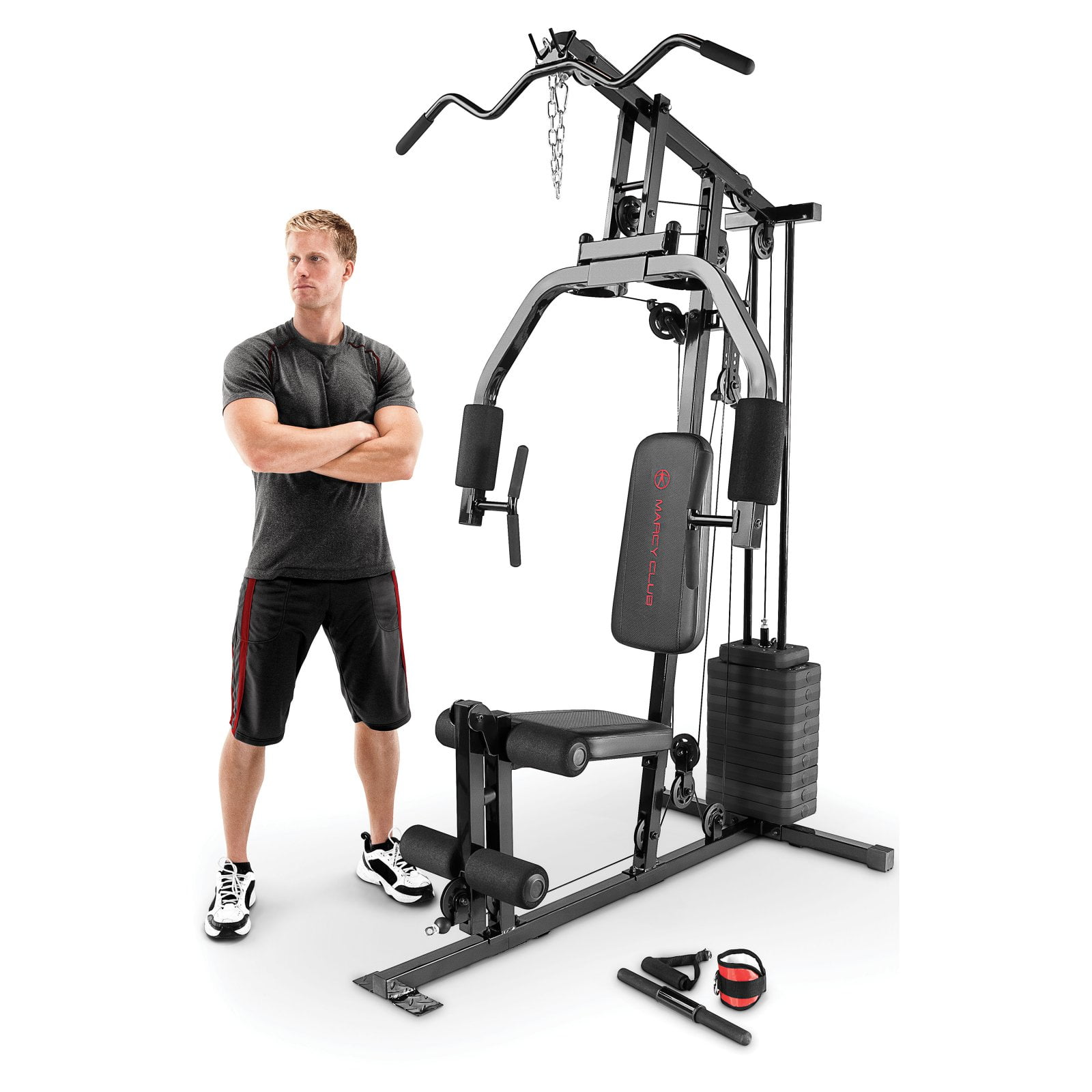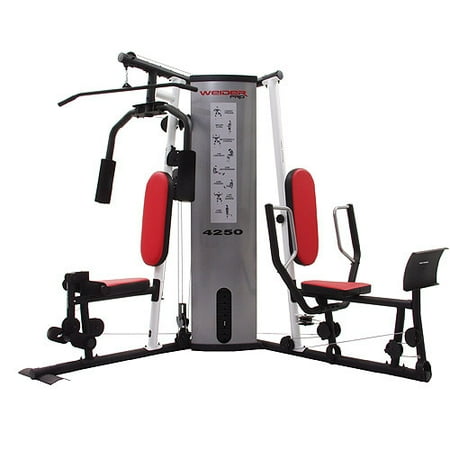
- Body Tech By Formula Dual Weight Stack Manual Transmission
- Body Tech By Formula Dual Weight Stack Manual Instructions
- I need both the manual for the Cadence 4250 treadmill. Would like an operations manual please. Ozark Trail TentStyle 00449Need specs description. No manual was provided. I need a manual for gplds cycle 400 r Store did not.
- Sharing many of the same features as the VR500, the VR400 takes a step towards simplicity with the manual resistance controls.
- Shape your body, get strong, lose weight, and even improve your golf swing with the BodyCraft X2 Dual Stack Gym strength training system (formerly the Family XPress). The X2 is distinguished by its dual weight stack design, which lets couples work out simultaneously.
OSHA requirements are set by statute, standards and regulations. Our interpretation letters explain these requirements and how they apply to particular circumstances, but they cannot create additional employer obligations. This letter constitutes OSHA's interpretation of the requirements discussed. Note that our enforcement guidance may be affected by changes to OSHA rules. Also, from time to time we update our guidance in response to new information. To keep apprised of such developments, you can consult OSHA's website at https://www.osha.gov.
Mrs. Rosemary Stewart
3641 Diller Rd.
Elida, OH 45807-1133
Dear Mrs. Stewart:
Thank you for your letter to the Occupational Safety and Health Administration (OSHA). We apologize for the delay in our response to your letter. You had a specific question regarding a possible OSHA statute for physical lifting procedures. This letter constitutes OSHA’s interpretation of only the requirements discussed and may not be applicable to any questions not delineated within your original correspondence. Your paraphrased scenario and question are below, followed by our response.
Scenario: Your employer is requiring you to constantly lift 50 to 100 pounds.
Question: Does OSHA have a statute that addresses procedures for lifting heavy objects?
Response: OSHA does not have a standard which sets limits on how much a person may lift or carry. However, the National Institute for Occupational Safety and Health (NIOSH) has developed a mathematical model that helps predict the risk of injury based on the weight being lifted and other criteria. The NIOSH model is based on previous medical research into the compressive forces needed to cause damage to bones and ligaments of the back. The mathematical model is incorporated in the Applications Manual for the Revised NIOSH Lifting Equation, which can be found on the NIOSH website (http://www.cdc.gov/niosh/docs/94-110/). It should be noted, however, that this NIOSH document provides only voluntary guidelines

Body Tech By Formula Dual Weight Stack Manual Transmission
The difficulty with assessing risks associated with lifting is that weight alone does not determine the risk for back injury. Other factors include:
Replacment cable, kevlar belting, pulleys & hardware such as ball stop, thimble, pop pin, snap link and many more to help you maintain your strength equipment.
- How often you are lifting something.
- Whether you bend or twist while lifting.
- How high an object is lifted.
- Where the origin of the lift occurs; specifically, whether it is below knuckle height.
- Whether you hold the object away from you while lifting.
- How long you lift or hold the object.
Depending on these factors, an object that is safe to lift at one time can cause back problems another time.

NIOSH has a lifting equation (discussed in the above-referenced Applications Manual) for calculating a recommended weight limit for one person under different conditions. The lifting equation establishes a maximum load of 51 pounds, which is then adjusted to account for how often you are lifting, twisting of your back during lifting, the vertical distance the load is lifted, the distance of the load from your body, the distance you move while lifting the load, and how easy it is to hold onto the load.
The NIOSH mathematical model and lifting equation are fairly technical, and several state agencies have developed tools that may help you more readily determine whether a job puts you at risk for back injury. The Ohio Bureau of Workers’ Compensation has a calculator for assessing risk levels associated with lifting various weights, which is available at http://www.ohiobwc.com/employer/programs/safety/liftguide/liftguide.asp. Similarly, the Washington State Department of Labor and Industries [and the Oregon State Safety and Health Division have jointly] developed a calculator for analyzing lifting tasks, based on the NIOSH lifting equation, which is available at [http://www.orosha.org/interactive/lifting/lift_safety.html.]
Body Tech By Formula Dual Weight Stack Manual Instructions
While OSHA does not have a specific standard for the hazard you raised, employee exposure to hazards related to heavy lifting and back injuries may be addressed under Section 5(a)(1) of the OSH Act, commonly referred to as the General Duty Clause. The General Duty Clause states:
“Each employer -- shall furnish to each of his employees employment and a place of employment which are free from recognized hazards that are causing or are likely to cause death or serious physical harm to his employees...”
If you would like more information on lifting hazards both OSHA and NIOSH have information on their respective websites which can be found at:


OSHA: www.osha.gov/SLTC/ergonomics/index.html
NIOSH: www.cdc.gov/niosh/docs/2007-131/pdfs/2007-131.pdf
Thank you for your interest in occupational safety and health. We hope you find this information helpful. OSHA requirements are set by statute, standards, and regulations. Our interpretation letters explain these requirements and how they apply to particular circumstances, but they cannot create additional employer obligations. This letter constitutes OSHA’s interpretation of the requirements discussed. Note that our enforcement guidance may be affected by changes to OSHA rules. Also, from time to time we update our guidance in response to new information. To keep apprised of such developments, you can consult OSHA’s website at http://www.osha.gov. If you have any further questions, please feel free to contact the Office of Health Enforcement at (202) 693-2190.
Sincerely,
Thomas Galassi, Director
Directorate of Enforcement Programs
[Corrected 5/4/2015]